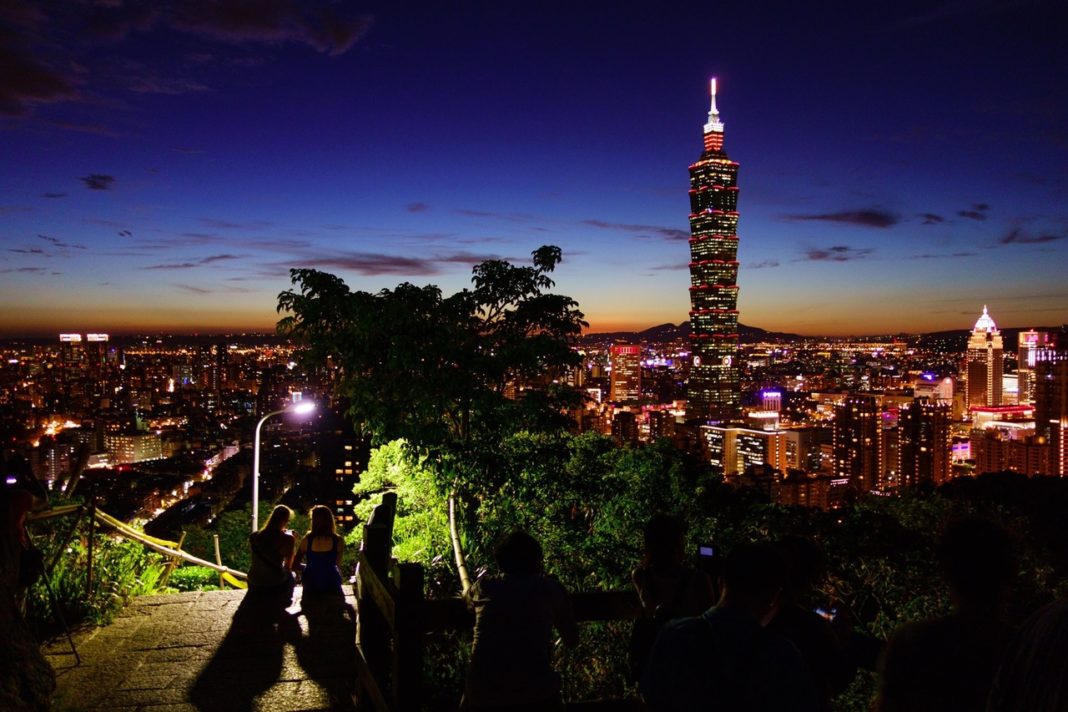This building was officially classified as the world’s tallest from its opening in 2004 until the 2009 completion of the Burj Khalifa in Dubai, UAE. Upon completion, it became the world’s first skyscraper to exceed a height of half a kilometer.
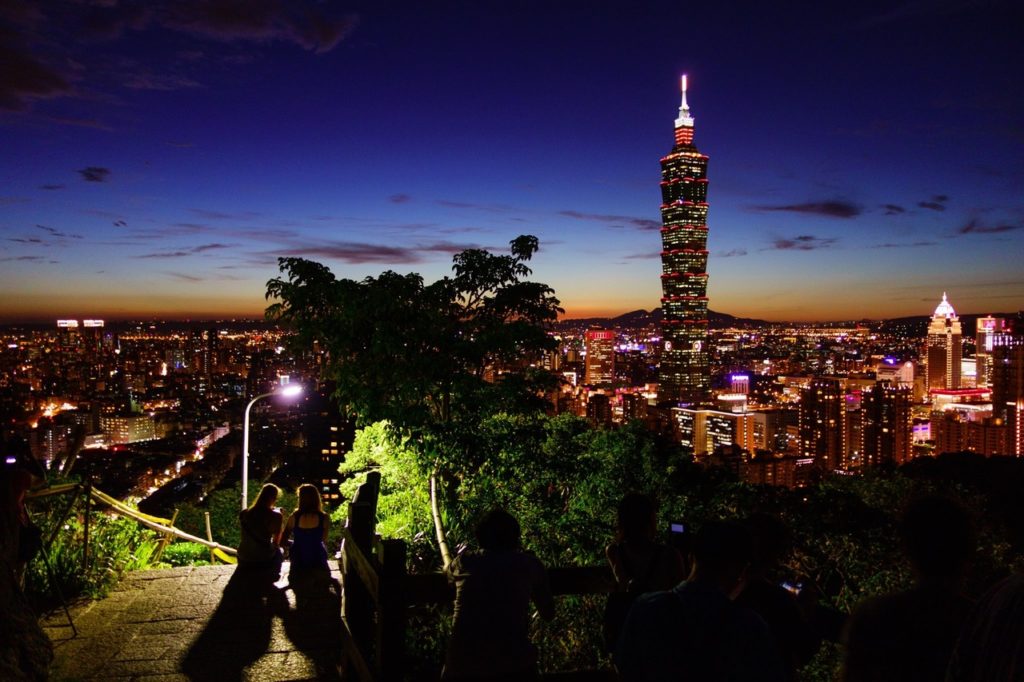
Taipei 101’s postmodernist architectural style evokes traditional Asian aesthetics in a modern structure employing industrial materials. Its design incorporates a number of features that enable the structure to withstand the Pacific Ring of Fire’s earthquakes and the region’s tropical storms. The tower houses offices, restaurants, and indoor and outdoor observatories. The tower is adjoined by a multilevel shopping mall that has the world’s largest ruyi symbol as an exterior feature.
Taipei 101 comprises 101 floors above ground, as well as five basement levels. The height of 101 floors commemorates the renewal of time: the new century that arrived as the tower was built (100+1) and all the new years that follow (1 January = 1-01). It symbolizes lofty ideals by going one better on 100, a traditional number of perfections. The number also evokes the binary numeral system used in digital technology. The main tower features a series of eight segments of eight floors each. In Chinese-speaking cultures the number eight is associated with abundance, prosperity and good fortune.
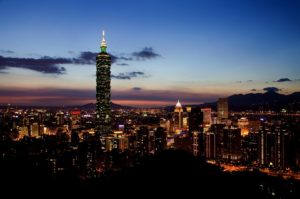
Taipei 101’s characteristic blue-green glass curtain walls are double paned and glazed, offer heat and UV protection sufficient to block external heat by 50 percent, and can sustain impacts of 7 metric tons. The facade system of glass and aluminum panels installed into an inclined movement-resisting lattice contributes to overall lateral rigidity by tying back to the mega-columns with one-story high trusses at every eighth floor. This facade system is, therefore, able to withstand up to 95 mm of seismic lateral displacements without damage. The facade system is also known as a Damper.
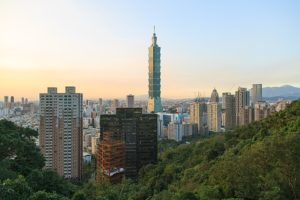
Overall, Taipei 101 was the tallest building in the world for six years, being surpassed by the Burj Khalifa in 2010. For 12 years it also had the fastest elevator, at 38 miles per hour. It also has the largest wind damper in the world, at 18 feet across. Taipei 101 is currently the eleventh-tallest building in the world, according to the Council on Tall Buildings and Urban Habitat’s official rankings.
The Taipei 101 is designed to withstand typhoon winds and earthquake tremors that are common in the area in the east of Taiwan. Evergreen Consulting Engineering, the structural engineer, designed Taipei 101 to withstand gale winds of 60 meters per second (216 km/h), as well as the strongest earthquakes in a 2,500-year cycle.
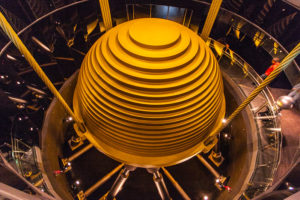
Taipei 101 was designed to be flexible as well as structurally resistant, because while flexibility prevents structural damage, resistance ensures comfort both for the occupants and for the protection of the glass, curtain walls, and other features. Most designs achieve the necessary strength by enlarging critical structural elements such as bracing. Because of the height of Taipei 101, combined with the surrounding area’s geology—the building is located just 200 m away from a major fault line—Taipei 101 used high-performance steel construction and 36 columns, including eight “mega-columns” packed with 10,000 psi (69 MPa) concrete. Outrigger trusses, located at eight-floor intervals, connect the columns in the building’s core to those on the exterior.
According to Wikipedia





